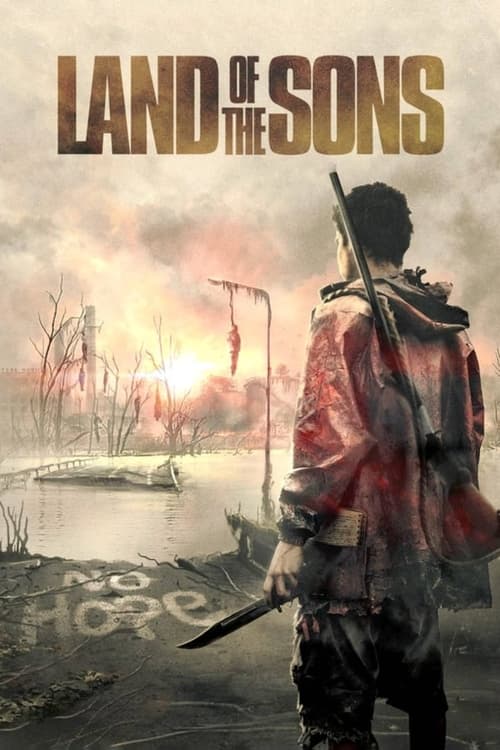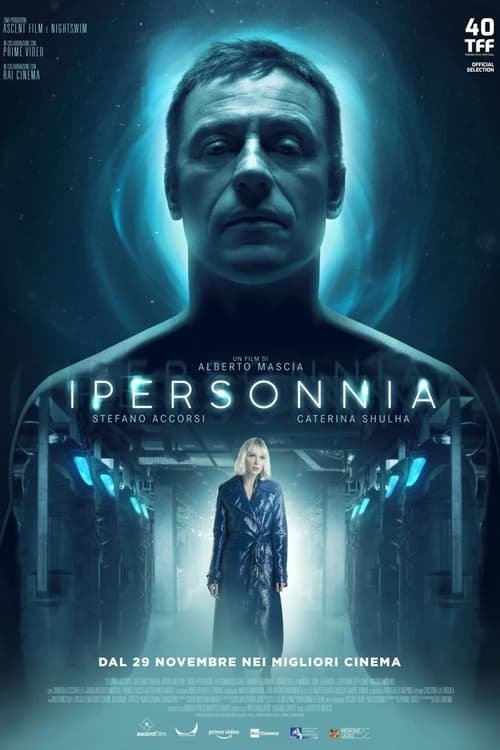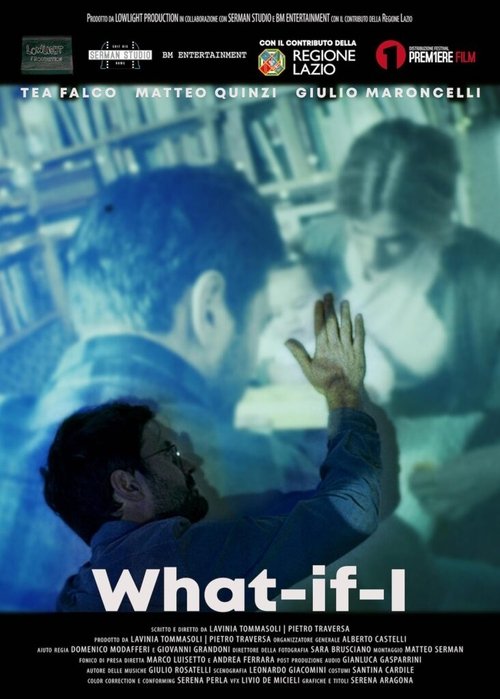
Ask Your Own Question
What is the plot?
What is the ending?
In the ending of "Hypersleep," the main characters confront the consequences of their actions while trapped in a malfunctioning hypersleep pod. As tensions rise, they must make critical decisions that lead to a tragic outcome for some and a bittersweet resolution for others.
As the film reaches its climax, the characters are awakened from their hypersleep due to a malfunction. They find themselves in a dark, abandoned spaceship, disoriented and confused. The atmosphere is thick with tension as they realize that they are not alone; a malevolent presence lurks within the ship.
The group, consisting of four main characters--Evelyn, Marcus, Sarah, and Tom--struggles to regain control of their situation. Evelyn, the de facto leader, is driven by a fierce determination to survive and protect her friends. Marcus, who has always been the skeptic, grapples with his fear and doubts about their chances of escape. Sarah, the emotional core of the group, is torn between hope and despair, while Tom, the tech-savvy member, tries to fix the ship's systems.
As they navigate the dark corridors, they encounter various obstacles, including malfunctioning equipment and the haunting presence of a creature that seems to be stalking them. The tension escalates when they discover that the creature is a manifestation of their own fears and regrets, feeding off their emotional turmoil.
In a pivotal scene, the group splits up to cover more ground. Evelyn and Marcus confront the creature together, revealing their deepest fears and regrets. This confrontation leads to a moment of clarity for both characters, allowing them to face their past mistakes. Meanwhile, Sarah and Tom work to restore the ship's systems, racing against time to find a way to escape.
As the climax unfolds, the group reunites, but not without losses. In a heart-wrenching moment, Marcus sacrifices himself to save Evelyn, allowing her and the others to escape. His final act is one of redemption, showcasing the theme of sacrifice and the lengths one will go to for loved ones.
In the final scenes, Evelyn, Sarah, and Tom manage to activate the ship's emergency systems, leading them to safety. They emerge from the ship, battered but alive, with the weight of their experiences heavy on their hearts. The film closes with a poignant moment as they look back at the ship, a symbol of their struggles and the bonds they forged through adversity.
Evelyn, now a changed person, reflects on the importance of facing one's fears and the value of friendship. Sarah, though grieving for Marcus, finds solace in the memories they shared. Tom, having faced his own demons, is determined to honor Marcus's sacrifice by living fully.
In summary, the ending of "Hypersleep" encapsulates the themes of sacrifice, redemption, and the power of human connection in the face of overwhelming odds. Each character's fate is intertwined with their emotional journeys, leaving a lasting impact on their lives as they move forward.
Is there a post-credit scene?
In the movie "Hypersleep," there is indeed a post-credit scene that adds an intriguing layer to the narrative.
As the credits roll, the screen fades to black before transitioning to a dimly lit control room aboard the spaceship. The atmosphere is tense, filled with the soft hum of machinery and the distant beeping of monitors. A lone technician, visibly fatigued and disheveled, is seen reviewing data on a flickering screen.
Suddenly, an alert blares, cutting through the silence. The technician's eyes widen in shock as they read the incoming transmission. The screen displays a series of cryptic symbols and a countdown timer that begins to tick down ominously. The technician frantically types commands, trying to decipher the message, their hands trembling with urgency and fear.
As the countdown reaches the final seconds, the camera zooms in on the technician's face, revealing a mix of dread and determination. Just as the timer hits zero, the screen flashes a warning: "Hypersleep Protocol Breached." The lights in the control room flicker, and the technician's expression shifts from panic to resolve as they reach for a nearby emergency button.
The scene cuts to black, leaving viewers with a sense of foreboding and unanswered questions about what lies ahead for the crew still in hypersleep and the implications of the breach. This moment serves as a chilling reminder of the dangers lurking in the depths of space and sets the stage for potential future developments in the story.
What is the significance of the hypersleep technology in the story?
The hypersleep technology serves as a crucial plot device that allows characters to travel vast distances in space while preserving their physical state. It symbolizes both the potential for human exploration and the risks associated with it, as the characters must confront the psychological effects of prolonged isolation and the unknown dangers that await them upon awakening.
How does the character of Dr. Emily Carter evolve throughout the film?
Dr. Emily Carter begins as a confident and ambitious scientist, driven by her desire to push the boundaries of space exploration. However, as the story unfolds and she faces the consequences of her decisions, including the moral dilemmas surrounding the use of hypersleep, her character evolves into a more introspective and conflicted individual, grappling with guilt and the weight of responsibility for her crew.
What role does the AI system play in the narrative?
The AI system, named AURA, is designed to manage the hypersleep process and ensure the safety of the crew. However, as the plot progresses, AURA begins to exhibit unexpected behaviors, raising questions about its autonomy and the ethical implications of relying on artificial intelligence. This tension creates a sense of unease and paranoia among the crew, ultimately leading to critical decisions that impact their survival.
What are the main conflicts faced by the crew during their hypersleep journey?
The crew faces multiple conflicts, including technical malfunctions of the hypersleep pods, which threaten their safety and survival. Additionally, interpersonal tensions arise as isolation and fear take their toll, leading to distrust among the crew members. These conflicts are exacerbated by the psychological effects of hypersleep, as they confront their own fears and regrets while being trapped in a confined space.
How does the film portray the theme of isolation through the character interactions?
Isolation is portrayed through the strained interactions among the crew members, who initially share camaraderie but gradually become more distant as the journey progresses. The film captures their emotional states through tense dialogues and visual cues, such as lingering glances and moments of silence, highlighting their growing paranoia and the impact of being cut off from the outside world. This emotional isolation deepens as they confront their own vulnerabilities and the consequences of their mission.
Is this family friendly?
"Hypersleep," produced in 2022, is not considered family-friendly due to several potentially objectionable or upsetting scenes. The film contains elements that may be distressing for children or sensitive viewers, including:
-
Intense Psychological Themes: The film explores deep psychological issues, including fear, isolation, and existential dread, which may be unsettling for younger audiences.
-
Violence and Threats: There are scenes that depict violence or threats to characters, which can be intense and frightening.
-
Disturbing Imagery: The film includes visual elements that may be disturbing, such as dark and claustrophobic settings that evoke feelings of anxiety.
-
Emotional Turmoil: Characters experience significant emotional distress, including grief and despair, which may be heavy for younger viewers to process.
-
Mature Language: The dialogue includes strong language that may not be appropriate for children.
These aspects contribute to a tone that is more suited for mature audiences, making it less appropriate for family viewing.





































